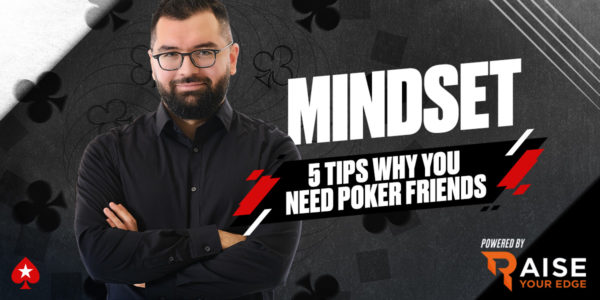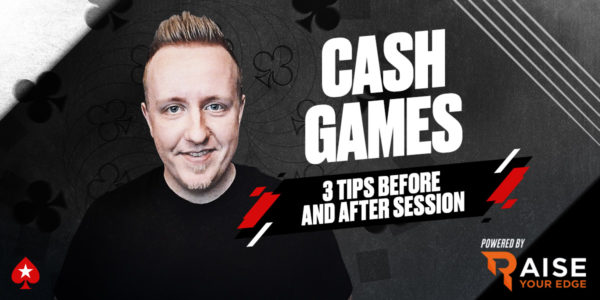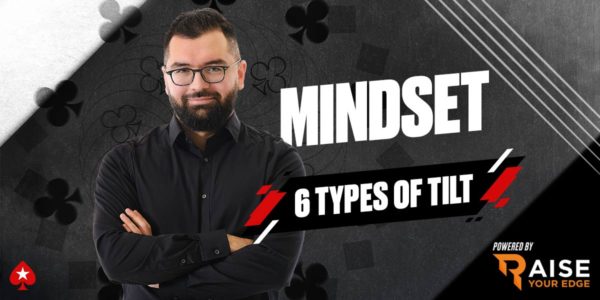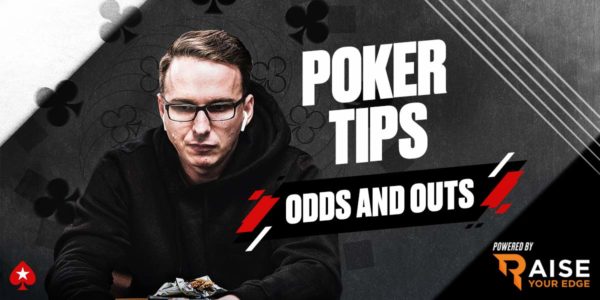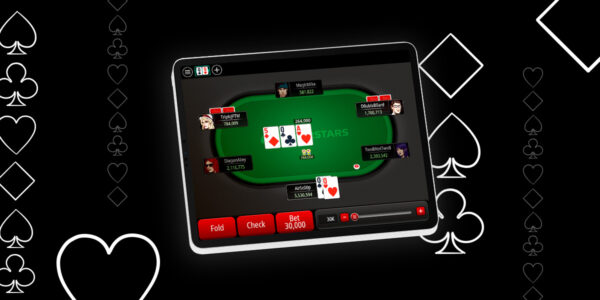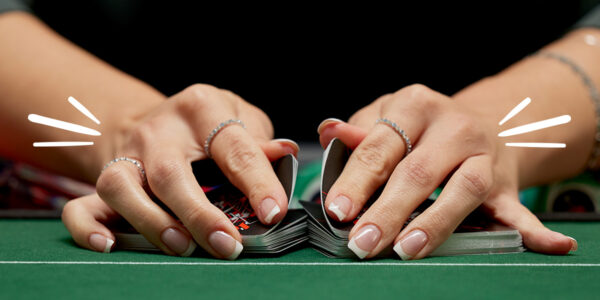Defending Your Blinds Too Wide
Players have a much better understanding of blind defense in the modern poker era. When an opponent raises preflop, especially a small (or min) raise as is common in tournaments, the big blind player will be getting a very attractive price to defend and take a flop. They can and should defend liberally as a result. There are some players that take this notion too far though imo, even to the extreme of calling the raise with any 2 cards if they deem the “price is right”.
Let’s look at the following example: Blinds are at 100-200 with a 25 chip ante, playing 8 handed. A player in EP opens for a min-raise with a range we estimate is about 16% from EP. It folds around to our big blind. There is 900 in the pot and it’s 200 for us to call, giving us 4.5-1 on our call. We need a mere 18% equity to break even on this call. We hold J3o. Should we defend?

I had this discussion with a student recently. The student called. The flop came Jxx, they check-called a flop continuation bet. The turn was a blank, they checked, their opponent barreled big, and they folded. They were questioning the fold on the turn. It was a good leveraged bet by the opponent, if we called there would be just less than a pot sized bet remaining for the river. My first response, however, was to ask “why are you calling preflop”?
“It’s a min raise, we only need about 20% equity to call and J3o easily has that against their range, so folding would be too nitty” was the answer. Okay, what’s your plan for post flop then? “Huh?” they said… they were genuinely confused. After some more probing, we got to the heart of the issue. J3o does in fact have about 28% raw equity vs. a 16% open range. We need a bit more than 18% equity to make calling profitable. 28% > 18%, so what’s the problem?
The problem is 28% raw equity means we run out the board and can expect to win vs. that range roughly 28% of the time… if this were an all-in situation we would be correct to call with J3o and in fact any 2 cards! We all know this… a short 2BB stack goes all in and we call from the big blind for 1 more BB with any 2. The math means we’ll make chips long term with this call.
This logic breaks down however where there is significant money behind to bet post flop. While this situation may present us with roughly a 10% raw equity advantage relative to the price of a call, how are we going to realize that advantage? That was really the nature of my question to my student about what their plan for post flop play was. J3o is a very bad hand with very poor post flop playability. And when there are a lot of chips left to bet, we are going to have to play it post flop. If we take the hand to showdown, we’ll realize all 28% of our equity, which is exactly what happens if all in preflop… by default we see the showdown. But how are we going to realize our equity with money left to bet? If the hand plays poorly post flop, and we are out of position without the betting initiative, the answer is we are probably not. This became evident to my student when talking through the hand… ironically a decent chunk of his equity stems from hitting a pair and being good at showdown… he hit top pair in this hand and still didn’t get to showdown because he wasn’t comfortable stacking it off and the villain made a very nice leveraged bet on the turn to pressure him.

Now, that doesn’t mean we should always fold our garbage hands to small raises when in the BB. And in this example a 10% raw equity advantage is a lot of cheddar. What it means is, calling the raise and defending our blind simply because of the price, isn’t good enough. We need a reasonable plan for how we are going to realize this equity advantage as well when there’s a lot of chips behind to play post flop.
If the opener is exploitable in some way that we’ve observed, now plans may start to come together. For example, let’s say the opener is a wild bluffer. Now we may take the price knowing if we flop a pair we’ll be able to bluff catch them profitably. What if the opener is a conservative player who c-bets the flop frequently but has bet sizing tells related to their hand strength? Or only double barrels on the turn with the goods? Now there may be lines we can take post to win sometimes without improving on our hand, or get away from a modest improvement when we’re beat, by exploiting the holes we know are in their game.
When considering preflop defense vs. small opens, don’t just look at the price and use that as an excuse to click call, but actually formulate a plan. I know I need X% of equity and this bad hand should have Y% vs their range, and Y > X, but how am I going to realize this equity? Have a coherent plan, and you won’t find yourself on the turn check/folding one of the stronger connects you can make in top pair and wondering what went wrong.
Condimentum Nibh
Donec sed odio dui. Cras mattis consectetur purus sit amet fermentum. Vestibulum id ligula porta felis euismod semper. Curabitur blandit tempus porttitor.



